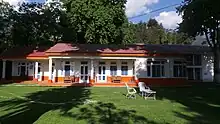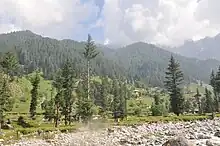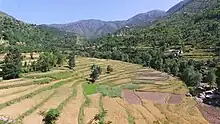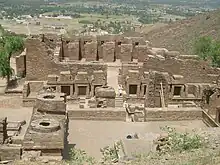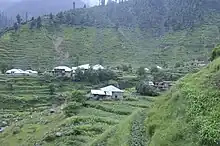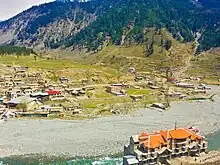Khyber Pakhtunkhwa
province of Pakistan
Khyber Pakhtunkhwa (abbreviated KP or KPK), borders the rest of Pakistan to the south and east, central Afghanistan to the west, and the Wakhan Corridor to the north.
| WARNING: Khyber Pakhtunkhwa is an exceptionally dangerous area. Terrorist attacks and violence by militant groups are common. Consular assistance is severely limited, and many governments advise against all travel to the region. | |
Government travel advisories
| |
| (Information last updated 10 Dec 2023) |
|
Although Khyber Pakhtunkhwa is claimed by both Afghanistan and Pakistan, it is under the effective control of the Pakistani government. As visitors wishing to visit have to obtain Pakistani visas, permits and so on, we treat it as a part of Pakistan here. This does not represent a political endorsement of the claims made by either side of the Durand Line dispute. |
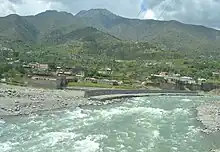
The region has a varied landscape including rugged mountains, valleys, hills and dense agricultural farms. There are a number of Buddhist archaeological sites from the Gandharan civilisation such as Takht Bhai and Pushkalavati. There are a number of other Buddhist and Hindu archaeological sites including Bala Hisar Fort, Butkara Stupa, Kanishka stupa, Chakdara, Panjkora Valley and Sehri Bahlol.
The region has had other names. In the era of the British Raj, it was generally called the Northwest Frontier. After Pakistan's independence, much of it was known as the Federally Administered Tribal Areas, FATA. On maps, it was part of the Raj and is now part of Pakistan, but neither Britain nor Pakistan has ever fully controlled the area; the local Pashtun tribal chiefs remain very influential.
.jpg.webp)
